Creasing Paper, Making Magic: Exploring Hyperbolic Paraboloids
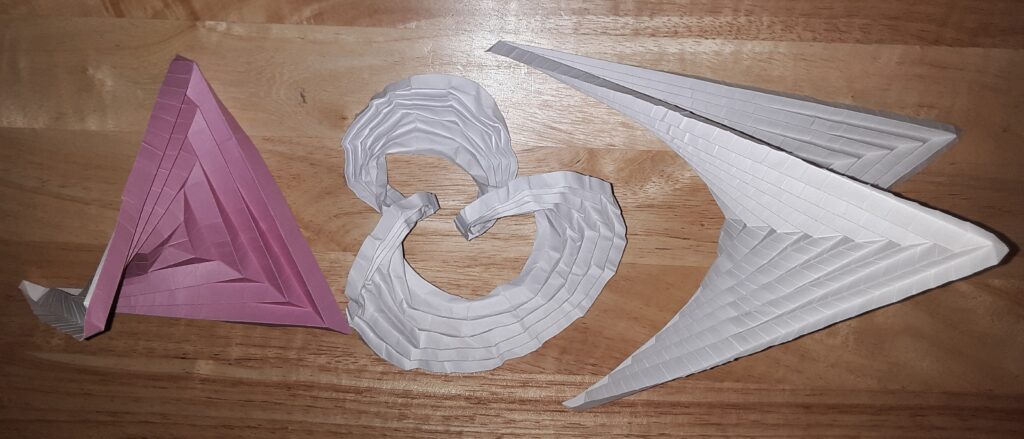
I’m a member of an international online origami group. We meet on Zoom every month. Usually, like in most webinars, everyone has their supplies ready and at hand, and one or two members take the helm and teach us all something new. The presenters often guide us through the steps of an interesting origami pattern they discovered or designed. Our last meeting, however, was a bit different. We all got the opportunity to be explorers and designers, and play with complex shapes created from the simplest of folds. Our teacher for that session peaked our curiosity by giving us a method and leading us through the steps of an initial example. When we understood what to do, she turned us loose to discover independently and then share what we created and learned
What was the initial inspiration? What happens when progressively smaller concentric squares are folded in a square piece of paper? OK, that’s easy. You end up with a series of crease lines showing smaller and smaller squares. Not very exciting. What about taking those creases and alternating between mountain and valley folds…
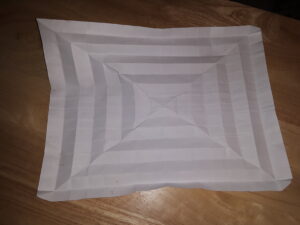
That’s different, but still not very noteworthy. So… what happens when all of these folds are collapsed at the same time…
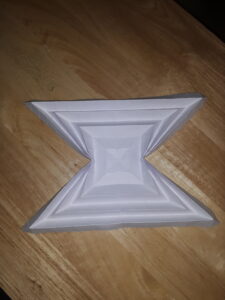
Something is happening…
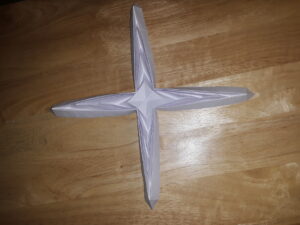
That’s kind of of interesting…but what would happen if it’s given a bit of a twist…
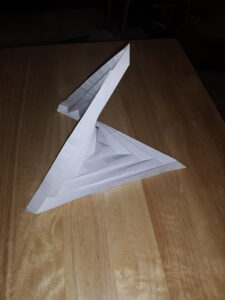
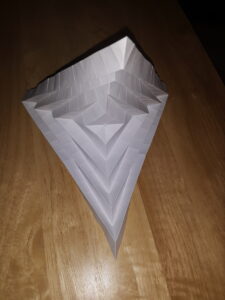
Nice! This sheet was folded into 8 concentric squares, with the paper having been folded 4 times from each side to the center. What would it look like if there were 16 concentric squares?
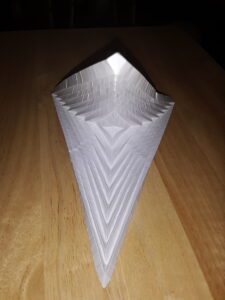
That’s getting more interesting. So, let’s go another level. What would it look like if the paper were folded to have 32 concentric squares, and then collapsed?

Well, now that’s pretty cool!
This shape, by the way, is called a hyperbolic paraboloid. This origami concept was used by NASA in creating the sunshade for the James Webb Telescope.
It’s easy to learn to fold these magical shapes. If video tutorials are your preference, there are quite a few online. Here’s one from the Chandra X-Ray Observatory’s YouTube channel. The Chandra team created a pdf with instructions and a diagram. They also created a longer pdf that includes an origami lucky star, a flasher, and a corrugation, as well as a hyperbolic paraboloid. I wouldn’t try to complete all of those projects in a single program unless I was working with a group experienced with origami.
So a square piece of paper can do some pretty interesting things when even very basic folds are used on it. But squares aren’t the only shapes available. At this point in class we all became explorers, engineers, and creators. Everyone was invited to find or create different shapes of paper, make the concentric folds, and see what would happen. Let’s get folding…
What would happen if the paper were rectangular? This is a letter sized piece of printer paper with the creases in place:

Now it’s time to collapse the folds:
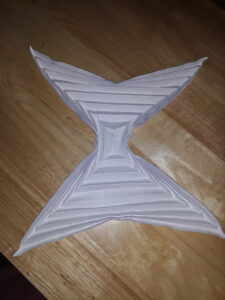
And add the final twist…
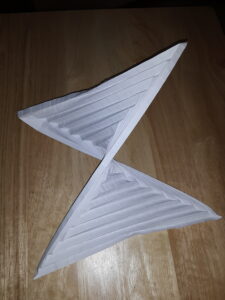
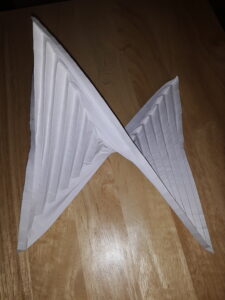
What would happen if the paper had more than 4 sides and corners, a hexagon, for instance…
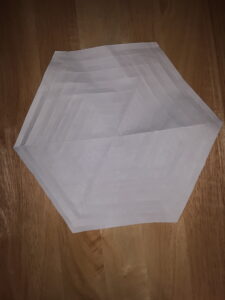
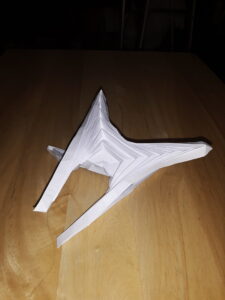
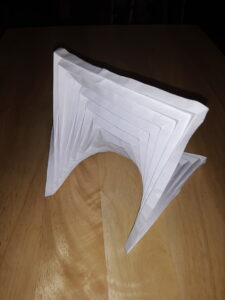
Or an octagon, perhaps…
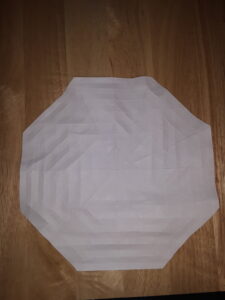
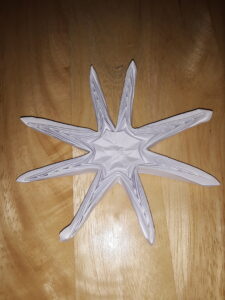
That star is pretty interesting. On to the next step…

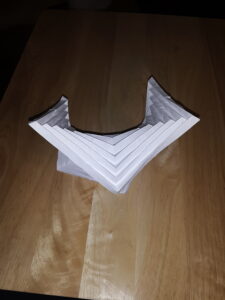
It shouldn’t be surprising to anyone that as the number of sides increases, the complexity and challenge increases. The more sides these shapes have, the wider their angles, the less pronounced their angles, and the closer they are to being round – a circle.
Sooo…. what happens when you try to crease and fold a shape with no corners at all? Can a circle be used to create a hyperbolic paraboloid?
Let’s find out…

That’s a bit of a mess. It looks like concentric inner circles cannot be folded in a circular piece of paper. The edges gather and bunch and don’t cooperate at all. But this is a time to experiment and explore possibilities. What would happen if…
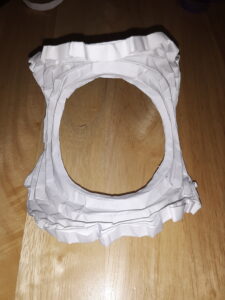
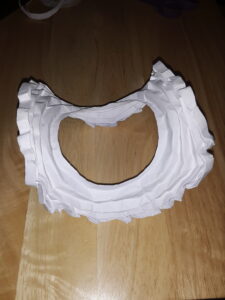
the circle became a doughnut?
As soon as the center is removed, the paper begins to curl and warp. In fact, the curl can be twisted through the center hole to create even more twists.
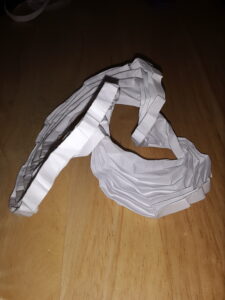
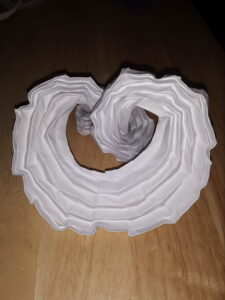
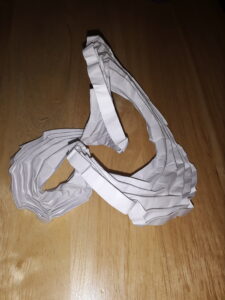
If the center of the circle is removed and the paper scored along the crease lines before making the creases, the final parabaloid will look much neater.
This is where I will stop, and encourage you to explore and play.
Although younger children would struggle with making the accurate folds required, origami programs for tweens, teens, and/or adults could easily explore hyperbolic paraboloids. They could try triangles, pentagons, stars, irregular, and random shapes…
References:
My first encounter with hyperbolic paraboloids:
Kasahara, Kunihiko, Extreme Origami, 2002
‘History of Curved Origami Sculpture‘
‘Math Monday: Fold Your Own Hyperbolic Paraboloids,’ National Museum of Mathematics
‘Origami: A Blend of Sculpture and Mathematics,’ Smithsonian Magazine
Origami Universe: Hyperbolic Paraboloid: A Mini-Sunshade, Smithsonian Learning Lab
‘The Story of Mathematics: the Hyperbolic Paraboloid’


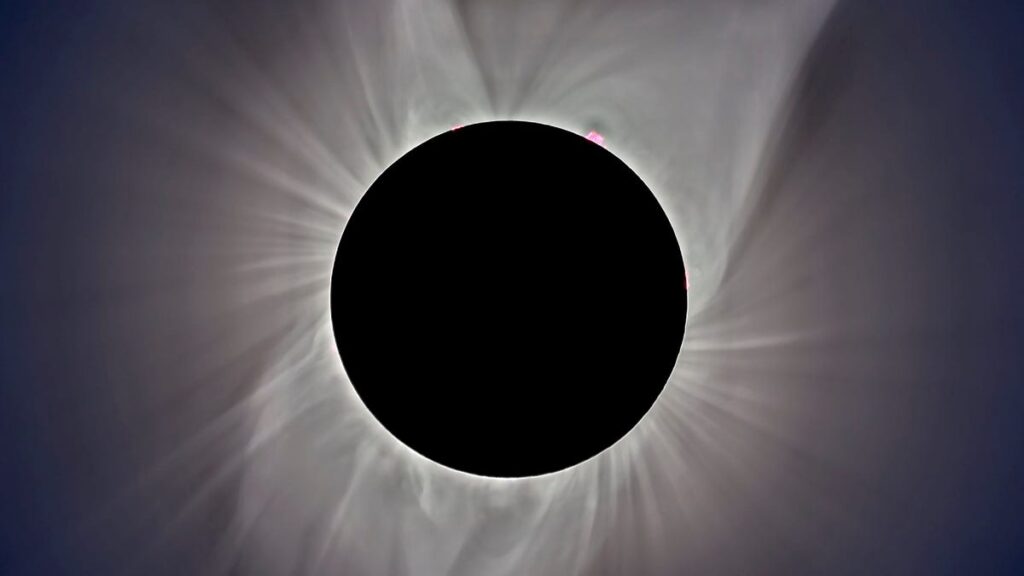
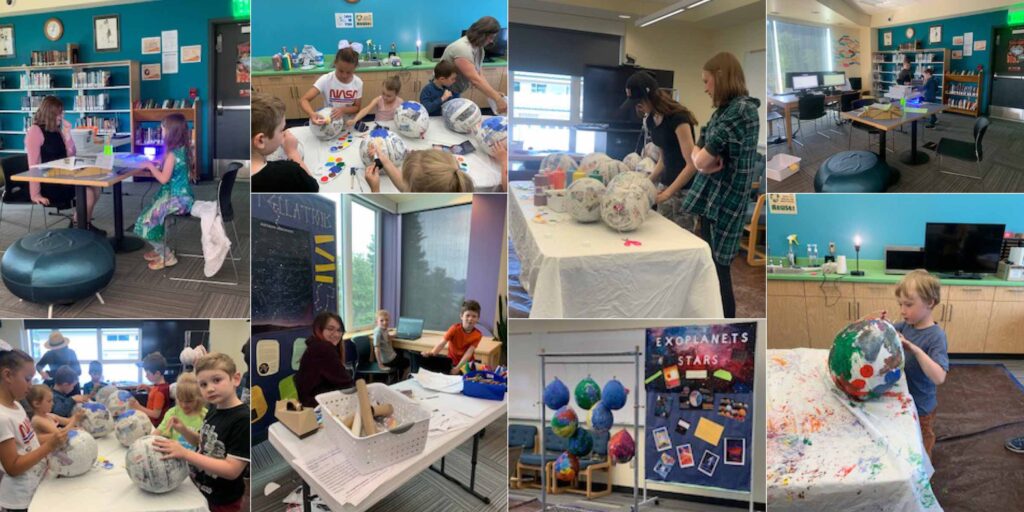
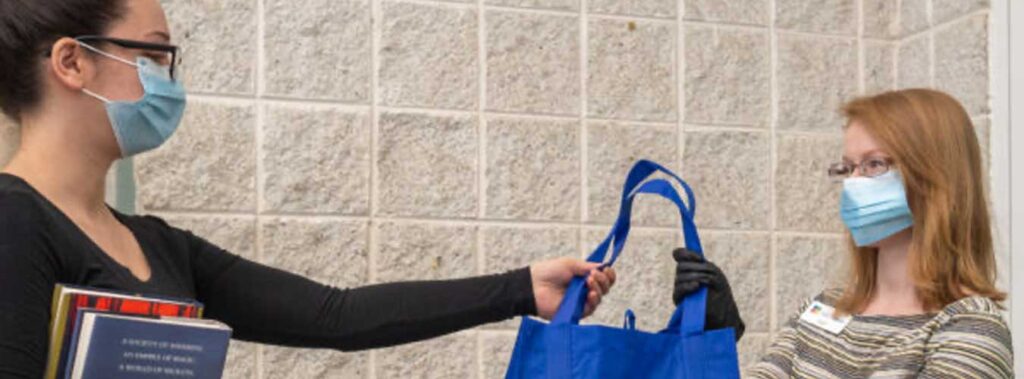
Responses